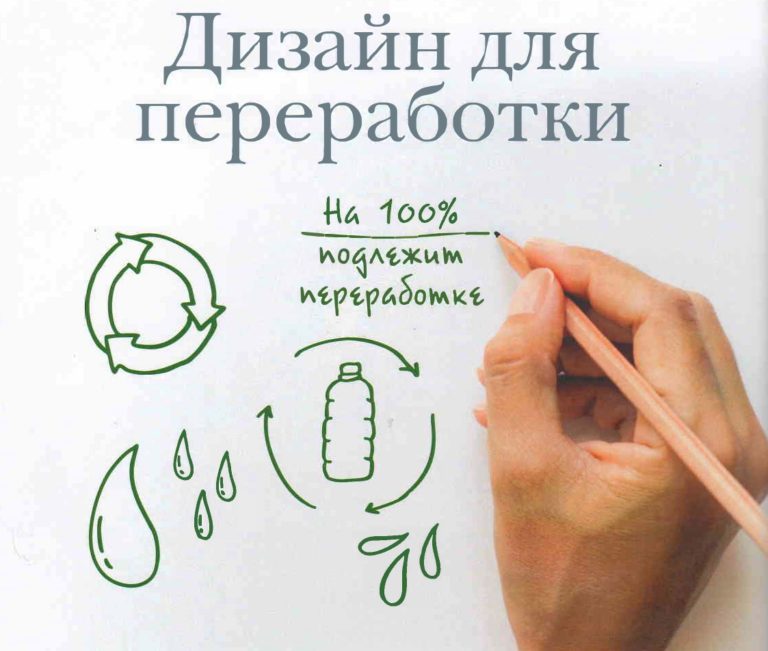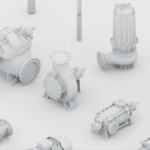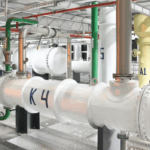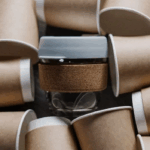It is easy to forget that packaging is much more than just the bottle that the consumer receives. It is also the secondary packaging that groups the bottles or packages together, as well as the tertiary packaging that converts the secondary into a format that is easy to transport.
The SIDEL integrated approach system
Sidel looks at packaging and equipment from all angles. Not only does the primary, secondary and tertiary packaging need to be considered, but also how it interacts with the equipment in the factory. You also need to consider the impact that packaging has on the beginning and end of the production process.
An integrated approach is closely related to the methodology of full life cycle analysis. When assessing the environmental impacts of packaging solutions such as PET, HDPE, glass or metal jars, an integrated approach is required. This means considering the primary packaging (container, label and lid) in combination with the secondary packaging (wrapping material such as shrink film, cardboard or both) and tertiary packaging (pallet, liner, shell, etc.). In addition, for each type of packaging material used, the origin of the material (i.e. whether it is virgin, recycled or biodegradable) and its end-of-life properties (i.e. whether it is collected for recycling or not) must be considered. The logistics of the beginning and end of the production cycle are also taken into account, as well as the energy, water and chemical consumption at each stage of production. Using the extensive data from life cycle analyses carried out on various packaging solutions, Sidel has created a life cycle analysis tool. It is designed to be used in the same way as and complementary to the Total Cost of Ownership tool. Sidel can work through different scenarios and suggest the best packaging options in terms of environmental and total cost of ownership performance and ability to meet customer and end-user needs. In short, making a container lighter (i.e. primary packaging) is not always justified if more secondary packaging is required to compensate for it so that it does not lose its shape.
Weight is an important topic in the world of packaging, and PET bottles are becoming lighter and lighter.
Primary packaging has always represented the easiest way to reduce our environmental footprint: every gram saved per PET bottle results in a 2.15 gram reduction in C02 and greenhouse gas equivalents. In other words, for a line producing 200 million bottles a year, the reduction in C02 equivalent greenhouse gases is 430 tonnes! Thanks to Sidel's capabilities in packaging design, and especially its continuous innovation in stretch blow molding technology and conveyor systems, Sidel is at the forefront of the fight to make PET bottles lighter and is constantly setting new records. More than 10 years ago, Sidel introduced the "bottle-free" concept with a weight of less than 10 grams for a 500 ml bottle, and now offers a weight of less than six grams for the same bottle format. Technical possibilities would allow for even further weight reduction, but for both the high-margin market and the mainstream/premium segment, weight reduction is not always the right answer.
That's why Sidel is increasingly focusing its efforts on choosing the "right weight" to ensure that the packaging is fit for purpose. The essence of "right weight" is to make sure that the bottle is robust enough to withstand the stresses of transport and distribution and to function efficiently all the way from production to consumer. The way Sidel has been able to brand this concept is important, as it clearly reflects a commitment to meeting a certain level of performance.
It should never be forgotten that the main function of packaging is to protect the product, and this is absolutely necessary to improve the impression that the consumer receives of the brand. Another desire of consumers, regardless of the market in question, is the need to reduce their environmental footprint. Here, the use of recycled material for the primary packaging significantly compensates for its higher weight, while making resource consumption more economical. This is a major opportunity to offer consumers a new experience through potentially tougher packaging that has real environmental value.




